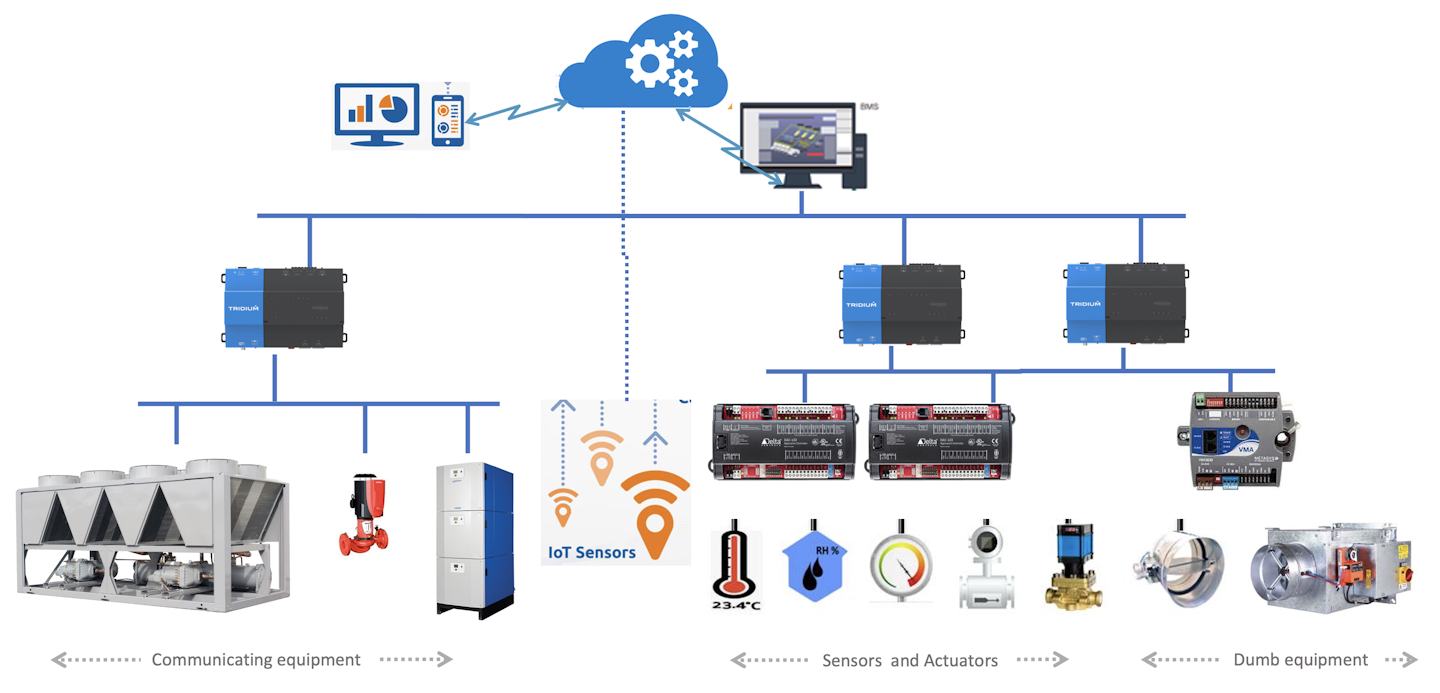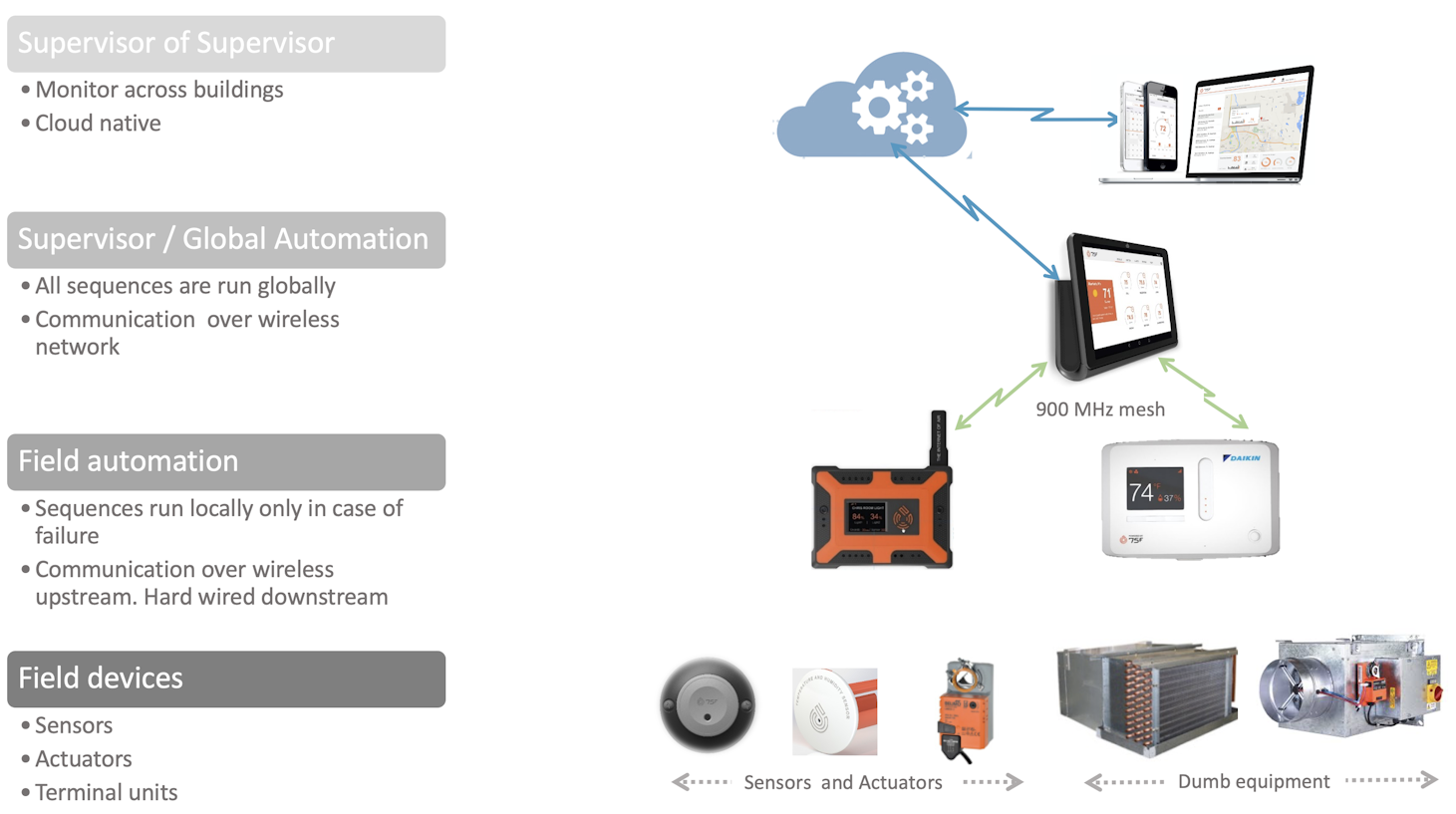
AEE East: Using IoT to Unify Building Systems
Dated and disparate building systems are a common occurrence in existing commercial buildings, making comprehensive data analytics for a building or portfolio complex to set up and track. Because of this, the wealth of data our buildings can generate go untapped and remain largely meaningless to their operators.
75F founder and CEO, Deepinder Singh, addressed this common problem during a panel called "The Dynamic Capability of Buildings: Grid & IAQ" at the Association of Energy Engineers East event in Ohio. His presentation, titled "Using IoT to Unify Building Systems for Comprehensive Energy Analytics," explored how a native Internet of Things architecture in building automation unlocks data for more efficient, healthy, and connected buildings.
The Problem with Tradition
Traditional building automation systems are hardwired, inflexible, and very expensive to install, commission, and maintain. This structure typically limits traditional automation to large commercial buildings with owners and operators who can afford the upfront costs and have the technical knowledge base to manage the system. With the right resources, the building blocks of standard building automation can achieve much. However, most do not have these resources. What remains is most of the U.S. building stock: Commercial structures 250K square feet and under, such as strip malls, retail stores, offices, restaurants, and more.
Yet, even large buildings with a controls system in place do not necessarily communicate data in a language that makes sense to other systems. Typical building automation workstations make analytics tedious and complex, meaning very few points are ever plotted, if at all. Interoperability is limited when systems are based on BACnet alone. As a result, many buildings — both those with and without automation — are often closed off to other systems and unable to communicate the data they generate in a meaningful way.
One of the shortcomings we have with a traditional BMS is the lack of data that can be analyzed consistently. The reason for that is the control sequences are custom, and the data trending is custom.
IoT in Commercial Building Management Systems
To make commercial buildings more effective at communicating data, operators may choose to add more layers to the existing BMS. The first strategy, Deepinder says in his presentation, is often adding cloud connectivity so data lives in the cloud rather than in a local PC.
Secondly, building operators can add a sensor overlay to the existing BMS to provide extended sensing capabilities for indoor air quality, or more. However, even with these additional overlays and Project Haystack, these elements do not create a native Internet of Things-based BMS.

What is an IoT-based BMS, then? It's all about collapsing layers rather than adding layers. From the user perspective, this vastly simplifies the building management experience end to end. Simultaneously, the IoT-based BMS unlocks unlimited data that is clean and reliable from the ground up, seamlessly contributes to industry-best control algorithms that update over the air, and easily integrates to other systems.












